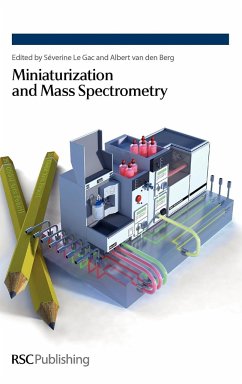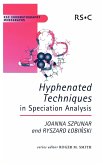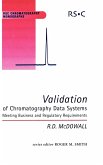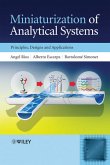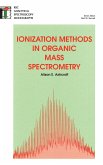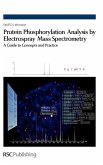The recent explosion in the use of analytical chemistry, particularly in the biological sciences, has led to a need for fast, reliable and highly sensitive tools able to handle small sample sizes. This book illustrates how microfluidics and lab-on-a-chip devices can fulfill the requirement for miniaturized and enhanced analysis. It focuses on one particular technique, mass spectrometry, whose popularity has increased dramatically in the last two decades. The book starts with an introduction to the coupling of microfluidics to mass spectrometry techniques. It then goes on demonstrate the advantages of such a coupling: the MS analysis benefits from improved sample preparation when performed on a chip while MS yields more information on the sample handled on the chip compared to conventional optical detection. A history on the developments in this field, starting from the off-chip coupling to the on-chip ionization, is also provided. Daniel Figeys, a pioneer in the development of microfluidic systems for MS analysis, describes the early beginnings of this hyphenated analysis technique. Solutions to couple microfluidic systems to the two most popular ionization methods, ESI and MALDI, are presented throughout the chapters. Various examples are given of the application of this microfluidics-MS hyphenated analysis technique to proteomics, metabolomics, organic chemistry and forensics. Coverage is not limited to academic research. The development of commercialized systems and their current use for routine biological analysis are also presented. Lastly, a future vision of the integration of the mass spectrometer on the chip is raised, as a last step to yield fully portable systems for on-site analysis.

